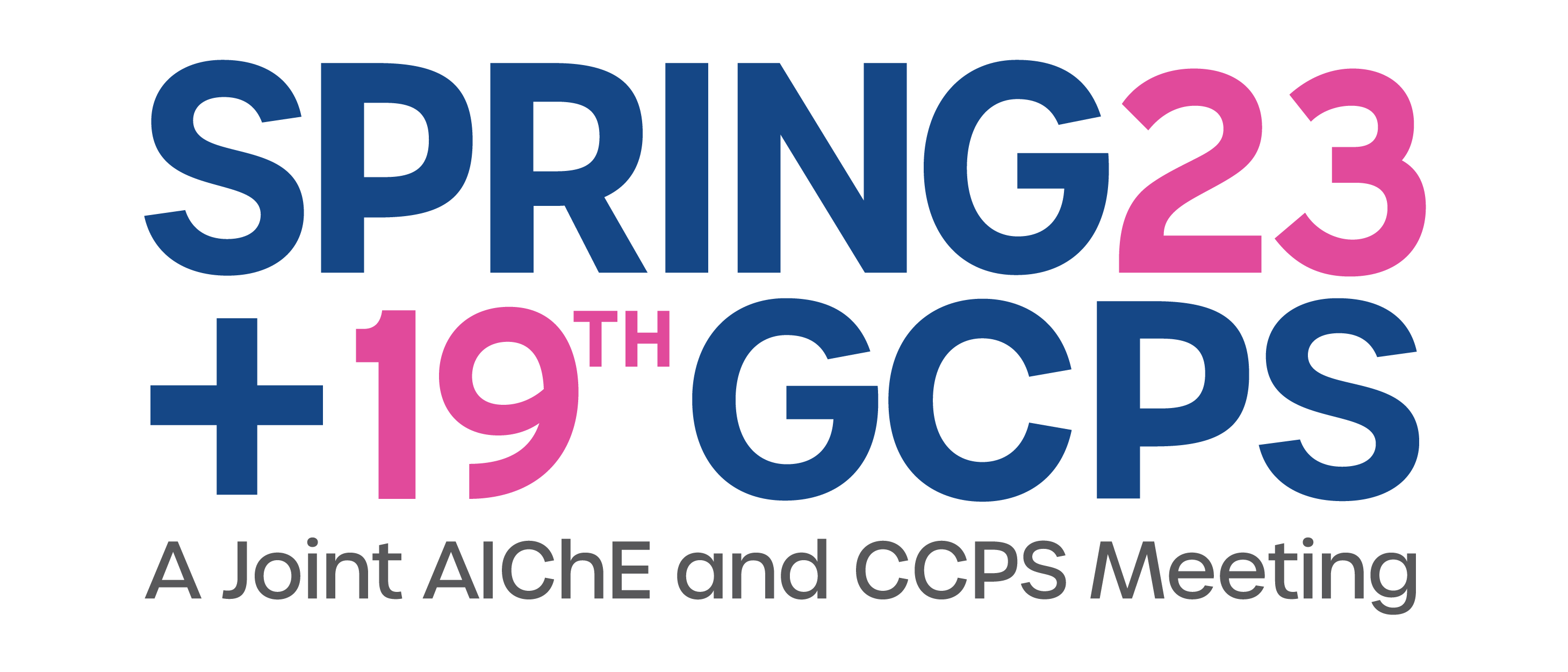

Control valves are a significant source of nonlinearity and oscillations in most control loops. Not understood are the details and consequences of the dynamic response of control valves and how proportional-integral-derivative (PID) controller features and tuning can mitigate the problems. Techniques are presented for how to simply model the many complexities of the dynamic response to account for the diversity of control valves including the effects of different actuator, positioner, connections, packing, seat-seal, and internal closure member designs. Common mistakes in the valve specification and testing are noted that are leading to disastrous results that are occurring with increasing prevalence driven by a lack of understanding and a mistaken desire to increase valve capacity, reduce valve cost, and minimize leakage. Methods for better valve specification and testing are detailed. Test results and equations are presented to illustrate the consequences of not addressing the issues. Figures show the effect of valve to system pressure drop ratio on the installed characteristic and hence the control valve flow gain's contribution to the open loop process gain. Equations show how the installed flow characteristic and the resolution and lost motion near the closed position determine the actual valve rangeability. Equations are also presented to estimate the limit cycle amplitude and period for a given valve resolution, lost motion, and flow gain and PID controller tuning. Equations to estimate the effect of valve response and PID tuning on the peak and integrated error for load disturbances are also developed. Figures are presented of test results to show the effect of valve response on flow and level processes and what can be done with PID tuning and key features most notably external-reset feedback to reduce oscillations. Valve position control is presented as a better alternative to split range control to increase the precision and rangeability of a valve system with a large valve for coarse adjustment and a small valve for fine adjustment. A brief synopsis of commonly overlooked variable frequency drive (VFD) resolution, dead band, and nonlinearity limitations is also noted to alert users that a VFD may not be the right solution in terms of control and energy savings. The presentation concludes with a list of best practices for valve response modeling and control including the all-important valve specification process.
Presenter(s)
Once the content has been viewed and you have attested to it, you will be able to download and print a certificate for PDH credits.
If you have already viewed this content,
please click here
to login.
Language
Pricing
Individuals
| AIChE Member Credits | 0.5 |
| AIChE Pro Members | $19.00 |
| Fuels and Petrochemicals Division Members | Free |
| AIChE Graduate Student Members | Free |
| AIChE Undergraduate Student Members | Free |
| AIChE Explorer Members | $29.00 |
| Non-Members | $29.00 |
